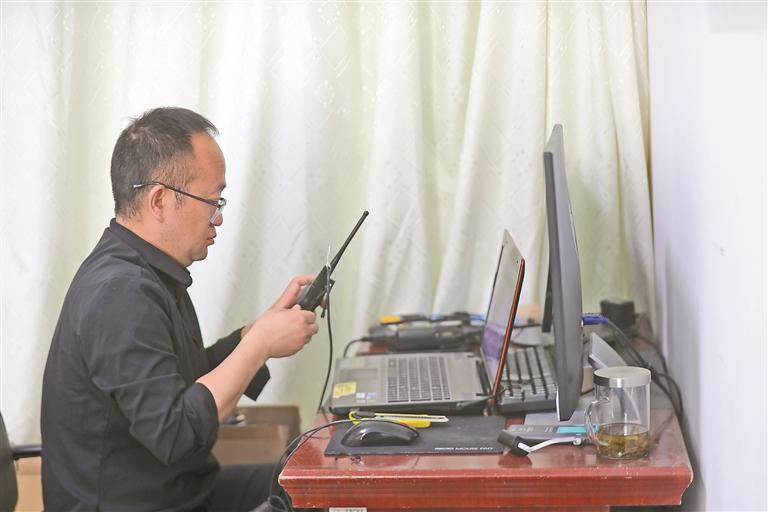Nation sees major vision progress


China has made great progress in fighting eye problems that lead to vision loss over the past decades, but the prevalence of nearsightedness has posed new challenges and new strategies will be adopted to ensure improved eye health, the National Health Commission said on Friday.
Eye problems that potentially lead to blindness such as trachoma and cataracts have been effectively controlled in China after sustained efforts, resulting in a significant decline in the number of blind people in China, Zhou Changqiang, deputy director of the commission's Medical Administration and Supervision Department said at a news conference ahead of National Eye Health Day, which falls on Saturday this year.
Surgeries for cataracts, a major cause of blindness, have been extensively promoted over the past 20 years, with nearly 3,000 such surgeries expected to be performed for every 1 million people in China this year, compared with 800 such surgeries for every 1 million in 2000, Zhou said.
Trachoma, a hygiene-related bacterial eye disease that infected up to 90 percent of the total population in rural areas in China seven decades ago, has become rare in the nation, and in 2015 the Chinese government announced blindness-causing trachoma had been virtually eliminated in China, he said.
It is estimated that the number of blind people aged over 50 in China has decreased by more than 700,000 compared with 1999, and the number of patients with seriously compromised eyesight has decreased by more than 500,000, according to a white paper on eye health in China released at the news conference.
With rapid economic development and changing lifestyles, eye diseases caused by factors such as aging and serious nearsightedness have become more prominent and are now major causes of vision problems in China, Zhou said, adding that a new five-year eye health plan will be carried out to cope with the new challenges.
High percentages of myopia, especially among students, have been a major public health concern in China in recent years. More than 53 percent of children and teenagers in China have been diagnosed as being nearsighted, with the percentage as high as 81 percent for high school students, according to a national survey conducted by several departments, including the National Health Commission, in 2018.
Xu Xun, executive director of the Shanghai Eye Diseases Prevention and Treatment Center, said nearsightedness, especially serious myopia, can result in various eye complications such as retinal damage and other serious eye maladies, and may even result in blindness.
"As there is no satisfactory way to cure nearsightedness, prevention is of great importance," Xu said.
Fan Chunlei, an ophthalmologist at Beijing Aier Intech Eye Hospital, said younger students should limit their daily use of small-screen portable electronic devices such as smartphones and tablets to protect their eyesight.
"With the popularity of the use of multimedia in education, we suggest students make more use of bigger screens that can be seen from a greater distance, such as televisions and computers, to ease eye fatigue," Fan said.
Despite the ongoing COVID-19 preventive and control measures, parents should encourage their children to regularly take part in outdoor physical activities to reduce the risk of nearsightedness and improve health, he added.
- Long March 5 rocket deploys tech demo satellite into space
- China launches communication technology test satellite
- Spokesperson warns against aggression toward mainland fisherman
- Lhasa wetland reserve recognized as world's highest altitude wetland
- Chengdu woman sentenced for fatally stabbing neighbor
- Mainland coast guard's patrol in Xiamen-Kinmen waters to safeguard maritime order: spokesperson




































